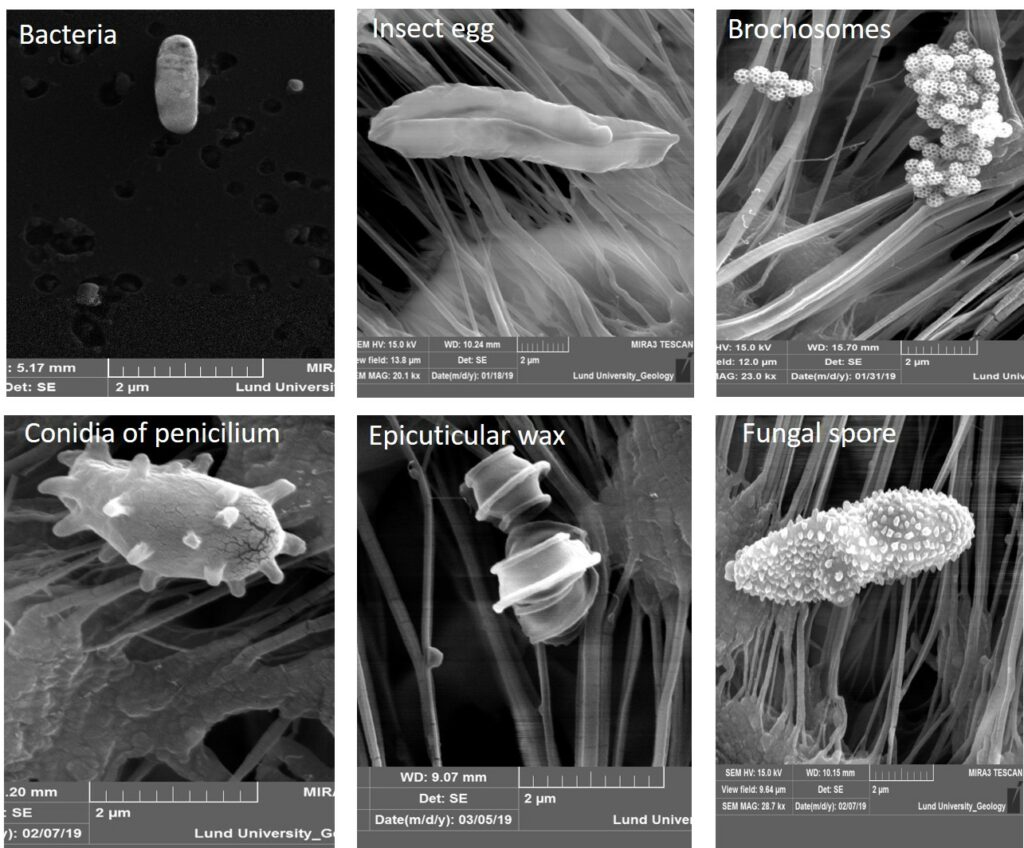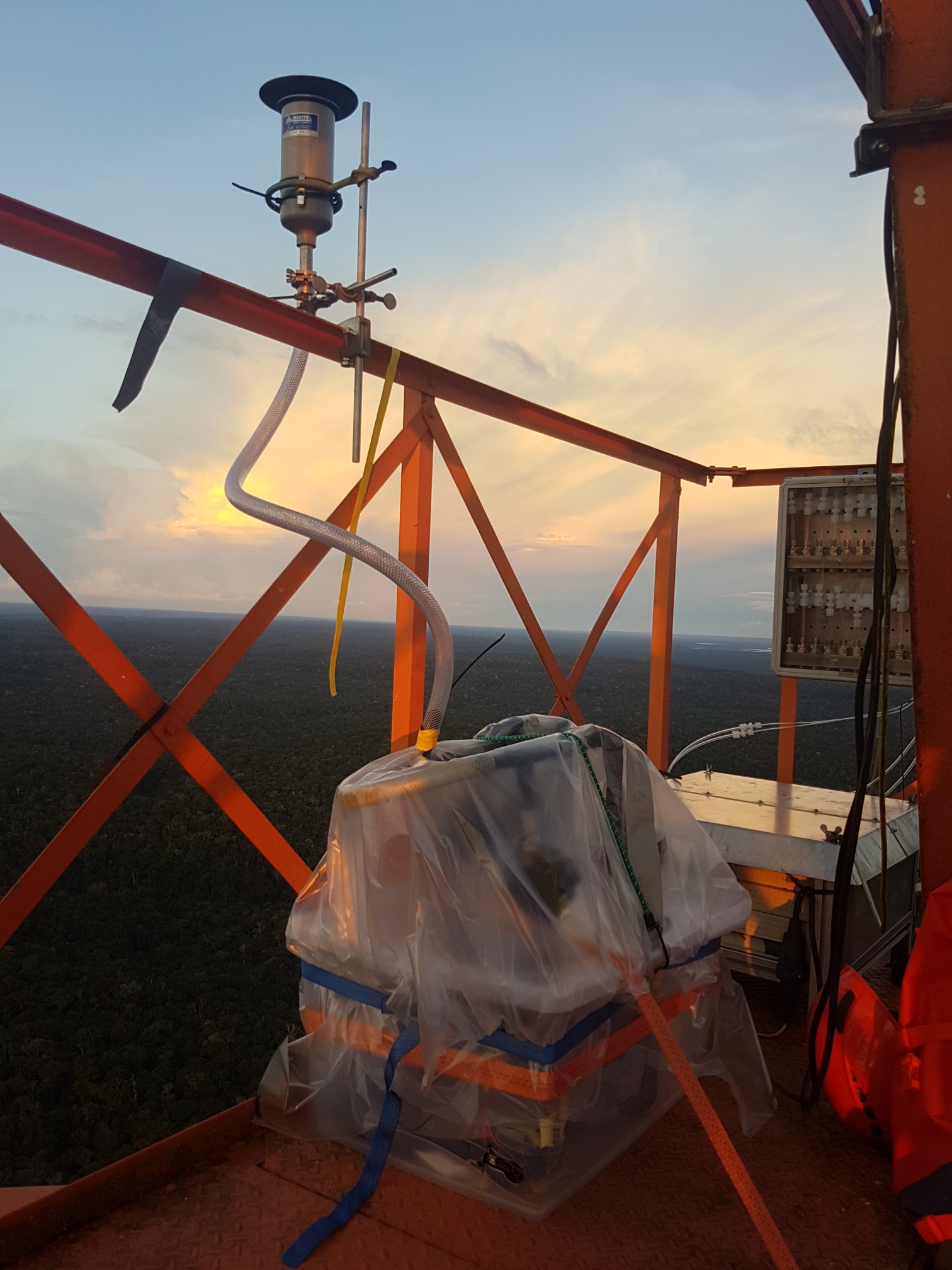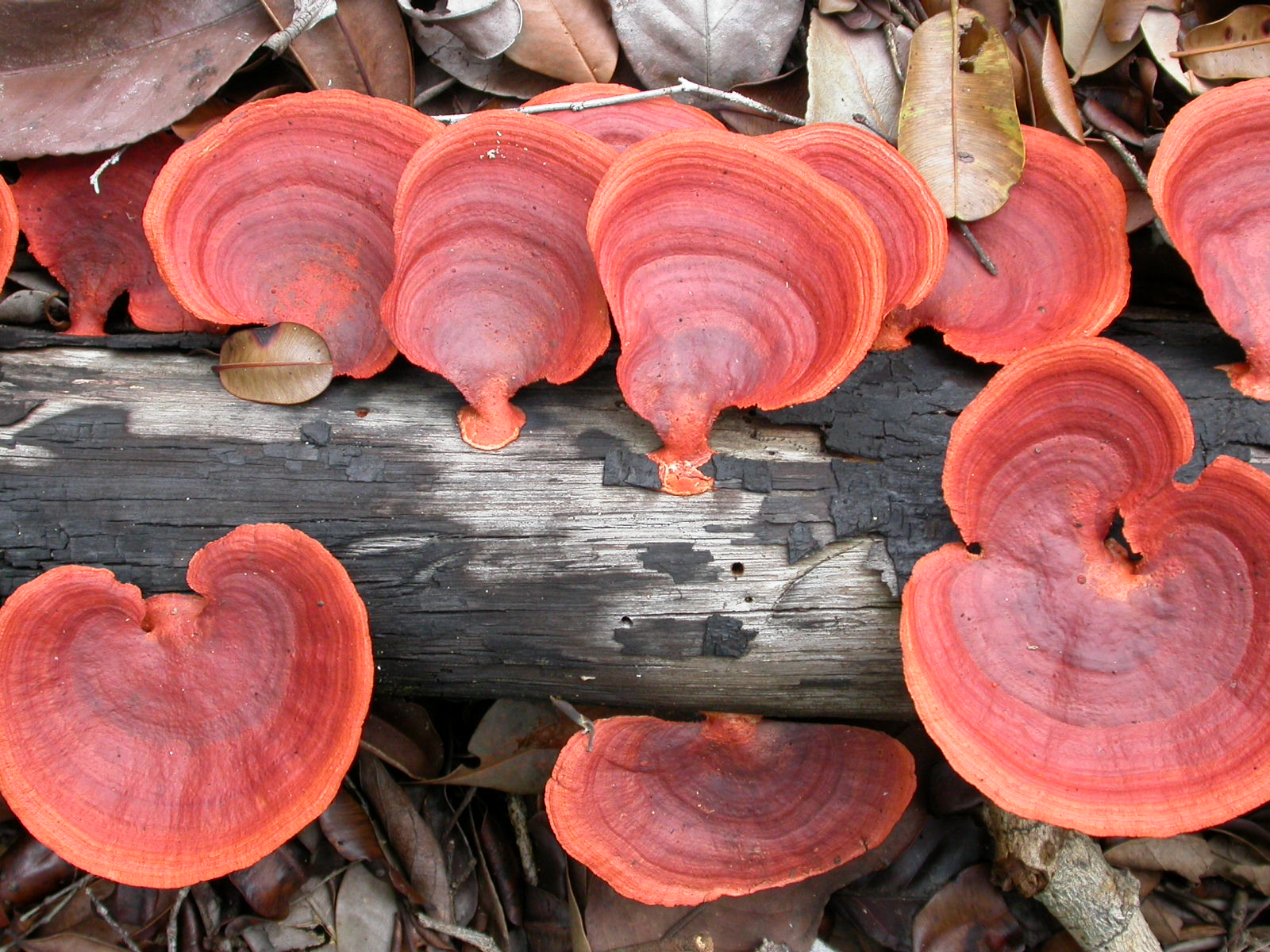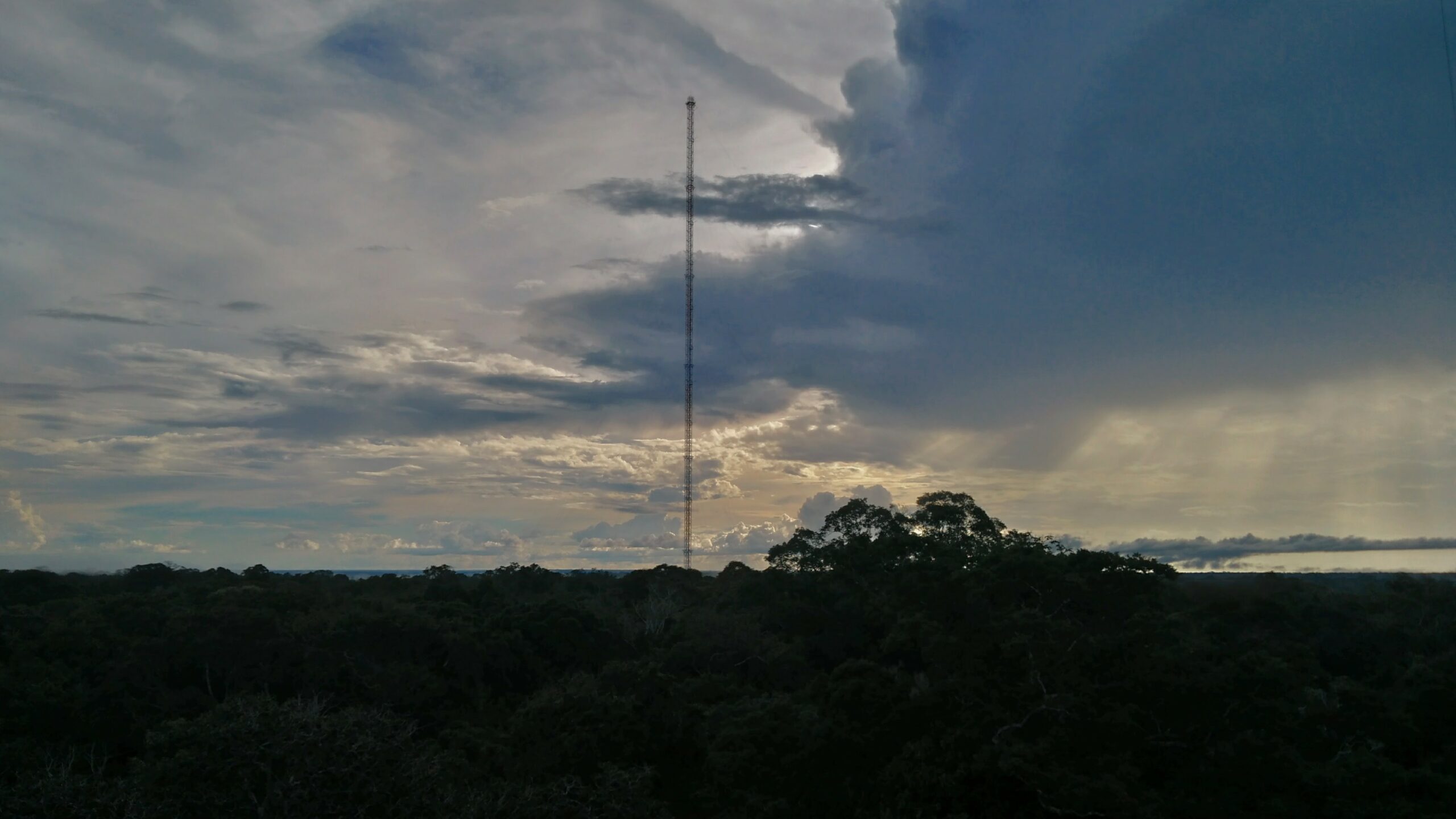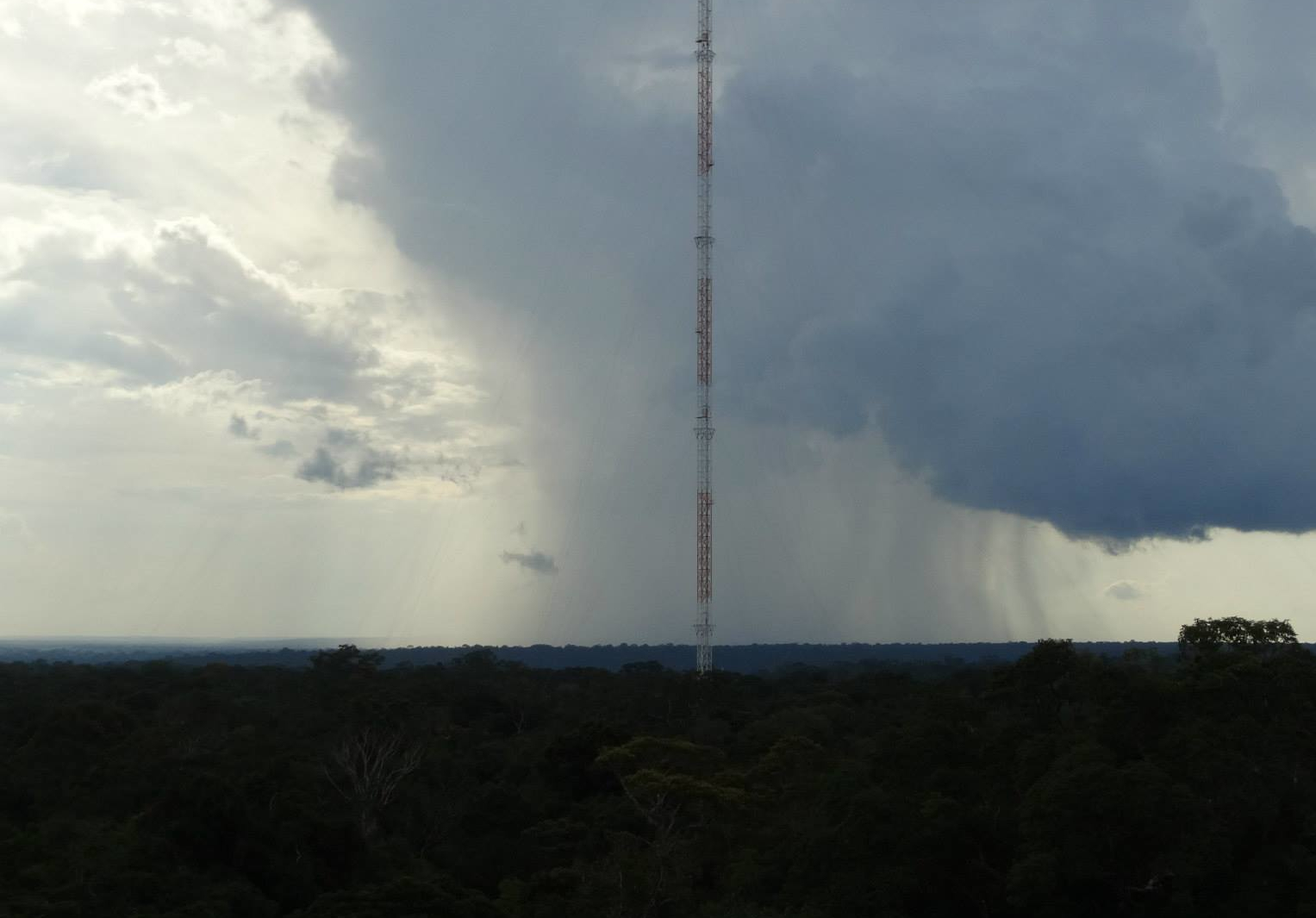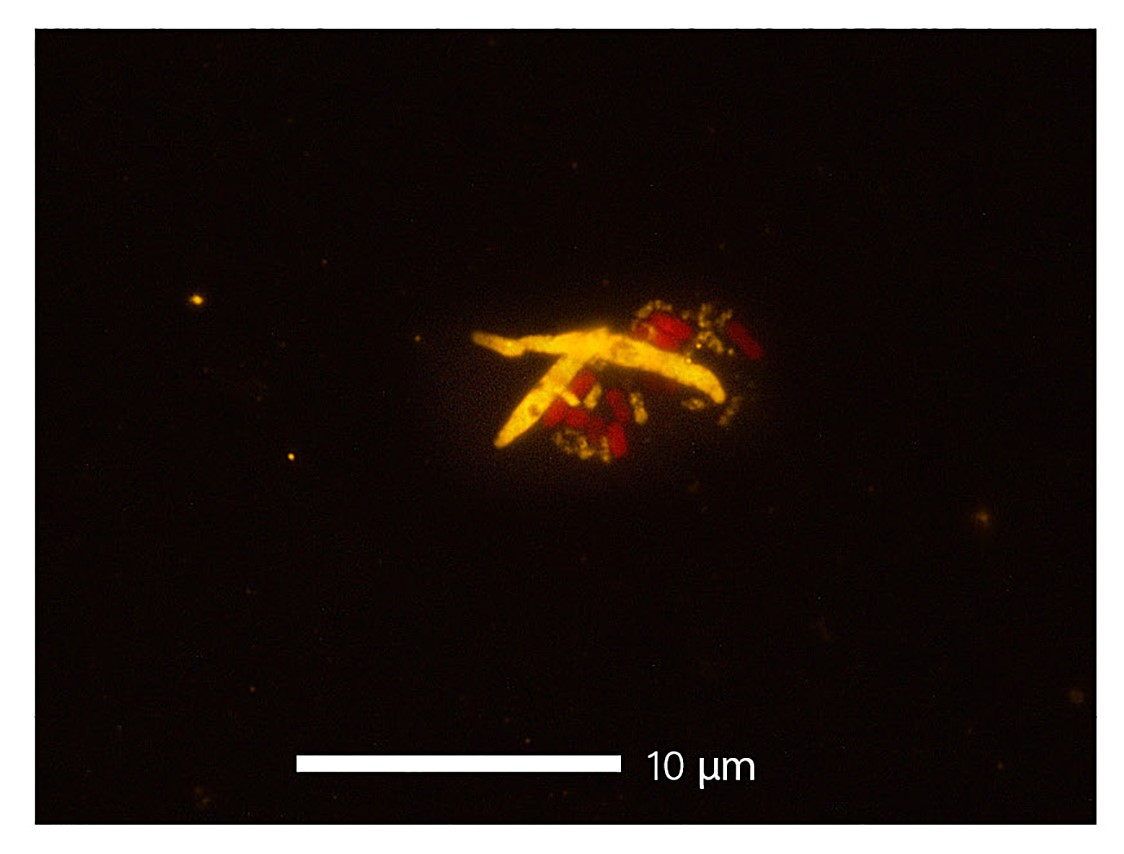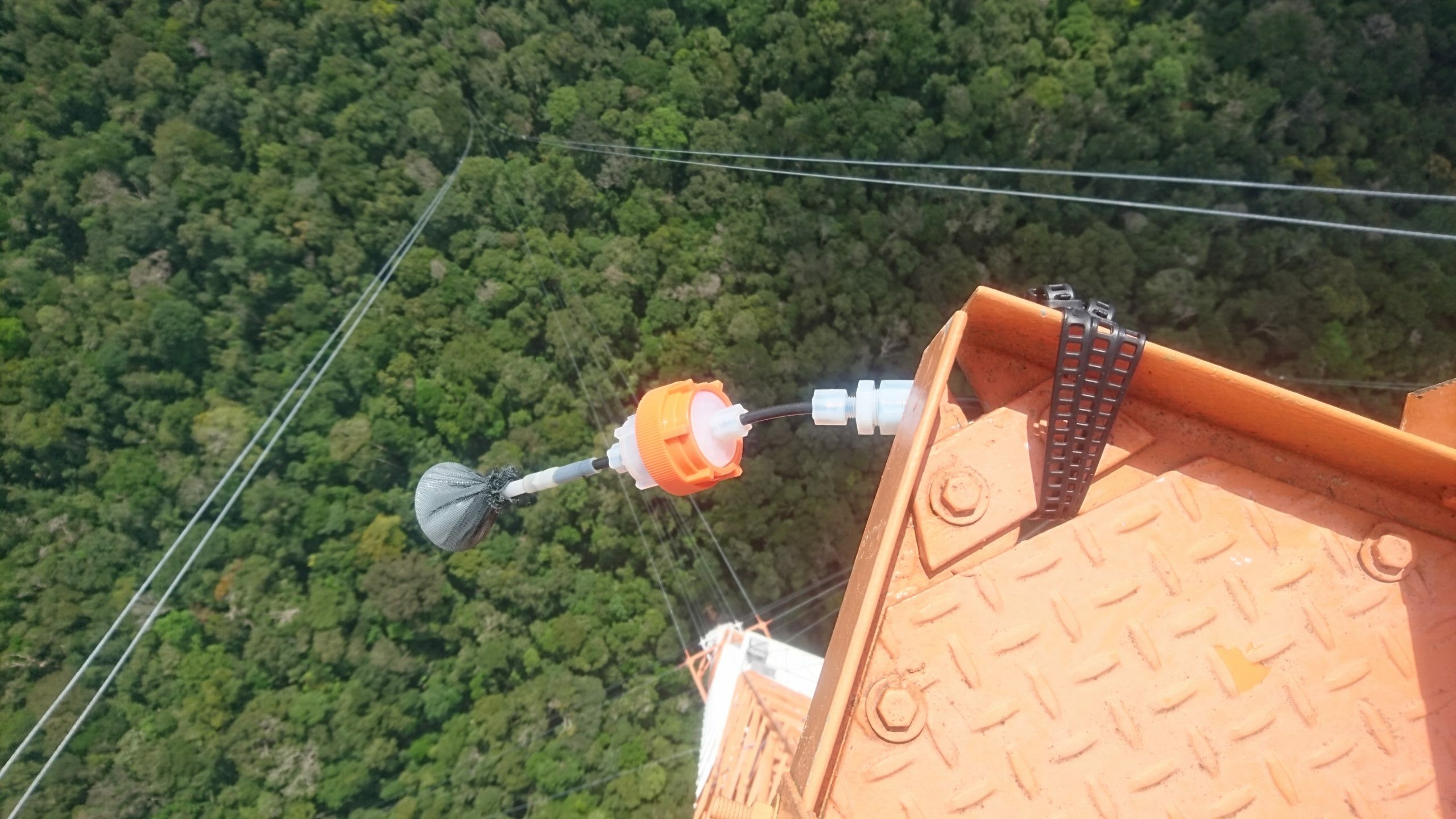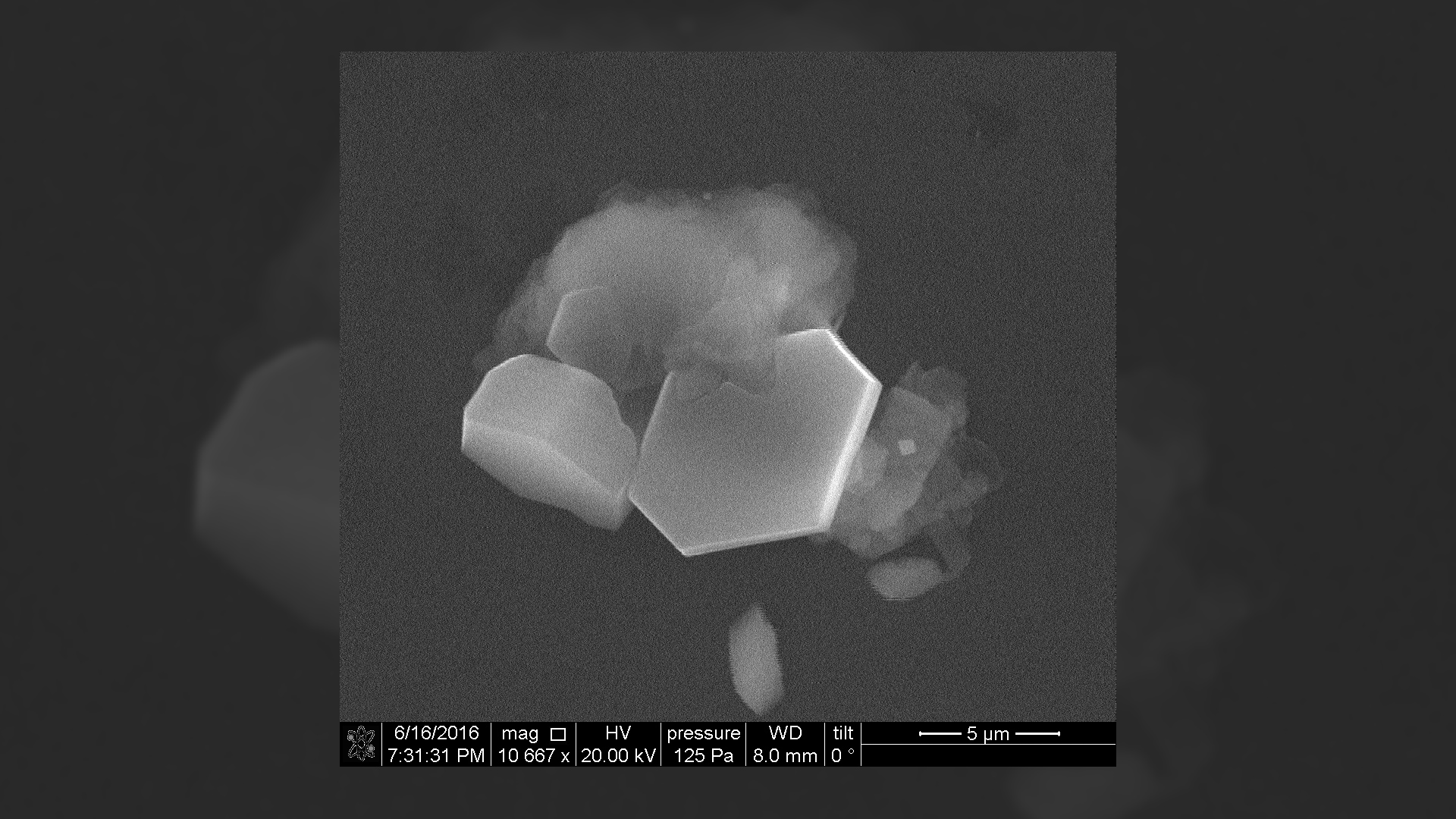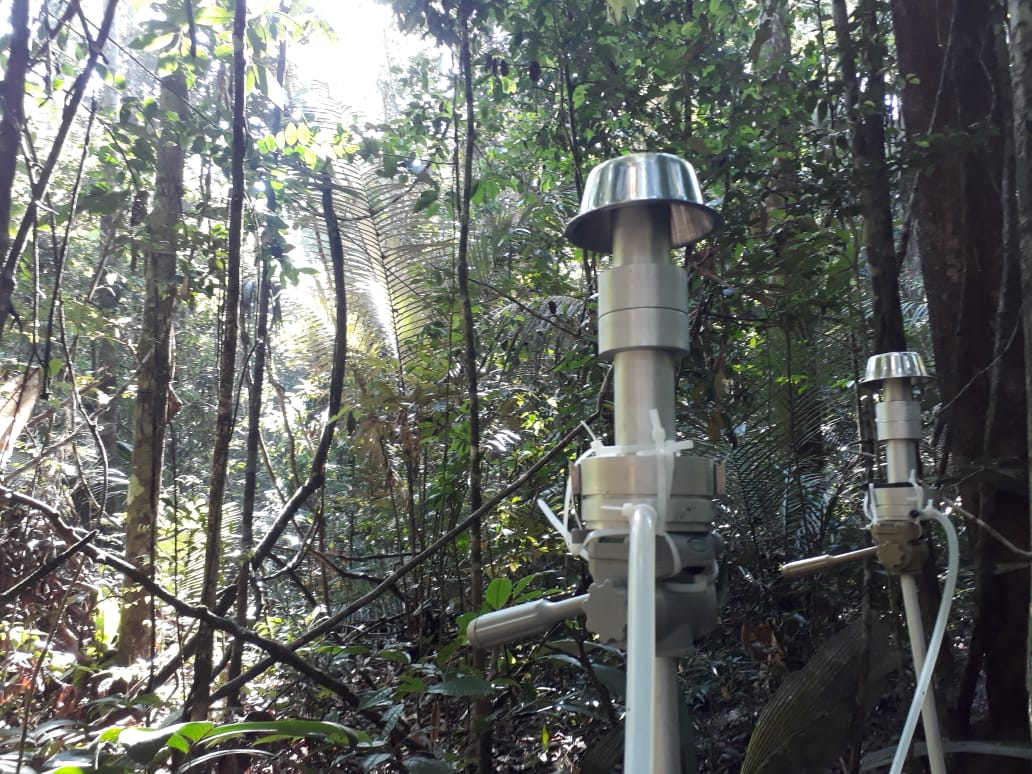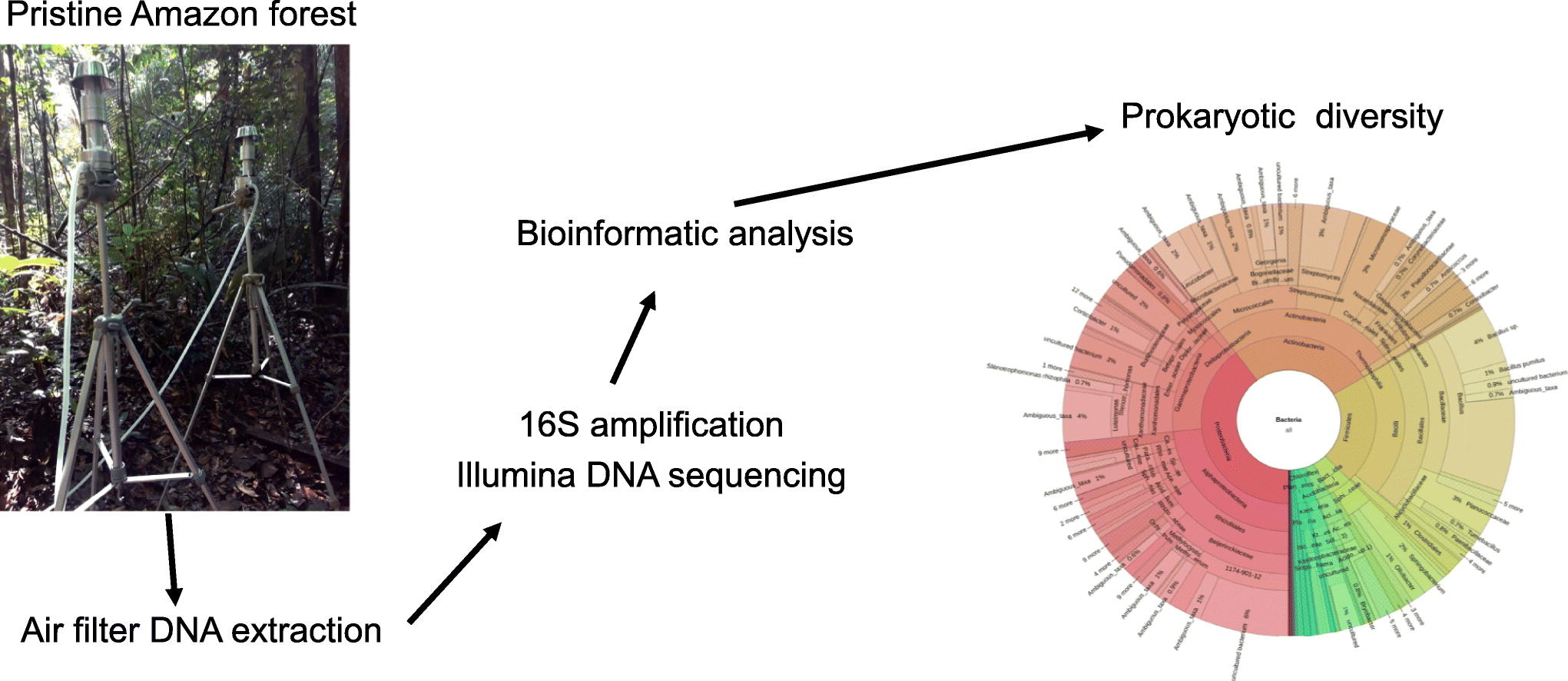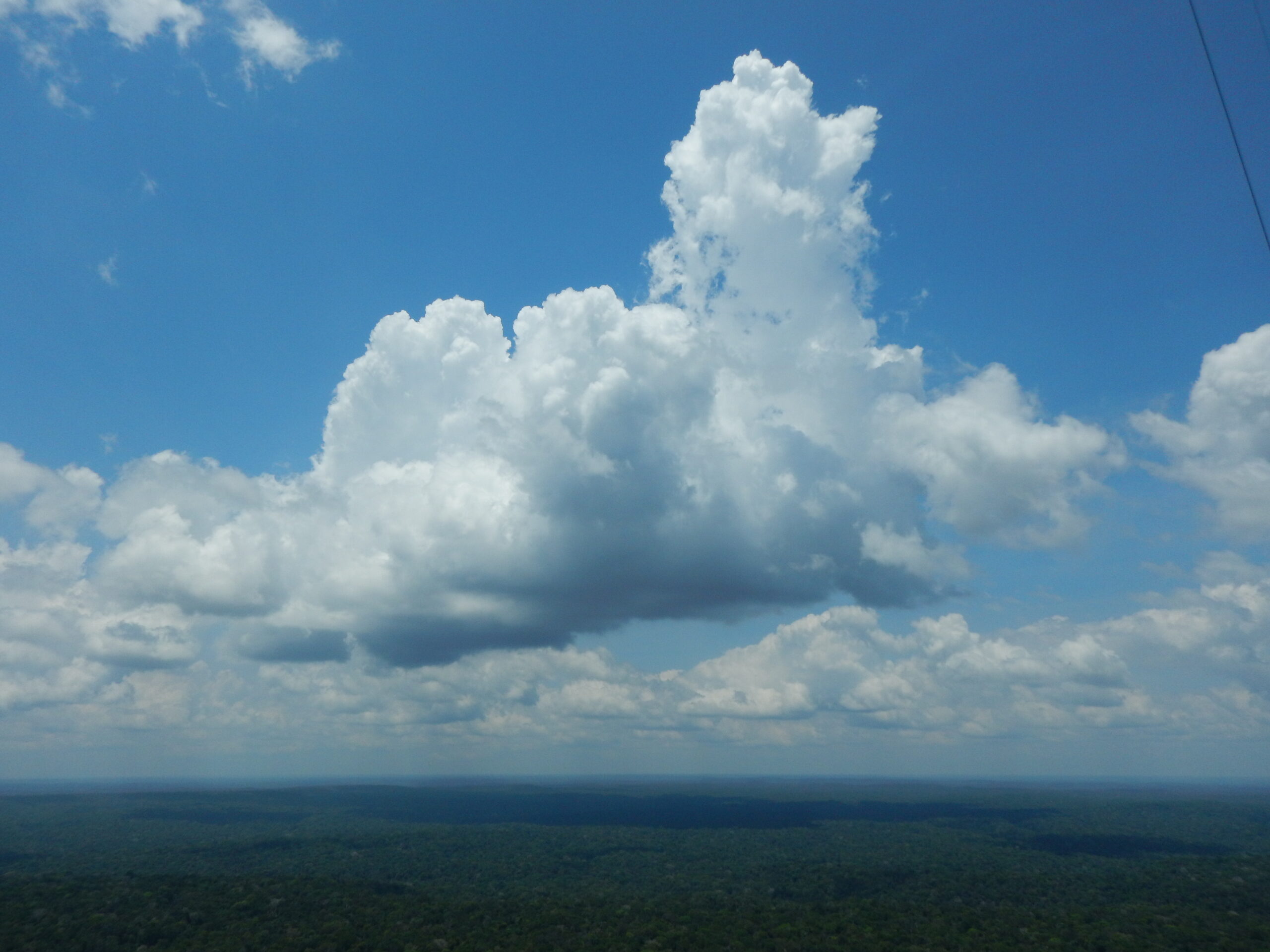Bioaerosols and cloud formation
Biological aerosols, such as fungi, bacteria, algae, and pollen, are present everywhere in the atmosphere. But in different locations and under different atmospheric conditions, the types of bioaerosols and their concentration vary significantly. In clouds, bioaerosols can act as cloud condensation nuclei as well as ice nuclei and influence the hydrological cycle and climate.
However, there has been much uncertainty about the potential of various bioaerosol groups to facilitate precipitation through ice nucleation. Each bioaerosol group differs significantly in its ice nucleation activity. Currently, most of the information about the ice nucleation activity of bioaerosols is based on laboratory studies which may not represent the real atmosphere.
This is where Sachin Patade, Vaughan Phillips, and their colleagues come in. The purpose of the mission was to resolve the ice nucleation activity of the major bioaerosol groups by collecting samples directly from the atmosphere. A bioaerosol-rich atmosphere like the Amazon Rainforest makes the ATTO site an ideal place for their research.
Empirical parameterization
The scientists collected bioaerosol samples at ATTO and analyzed them under Scanning Electron Microscope (SEM). From high-resolution SEM images of bioaerosols, they collected information about their types, sizes, and number concentrations. They also processed the collected bioaerosol samples in cloud chambers to estimate their ice nucleation activity. With this information, the team formulated an empirical parameterization where the ice nucleation activity of individual bioaerosol groups is a function of their total surface area present in the sampled air. Based on their analysis, the team formulated an empirical parameterization for five bioaerosol groups:
- Fungal spores and their fragments
- Bacteria and their fragments
- Pollen and their fragments
- Detritus of plants, animals and viruses
- Algae
This new parameterization now makes it possible to resolve the ice nucleation activity of each bioaerosol group listed above in the numerical simulation of clouds. By implementing the proposed parameterization in cloud models, it is possible to investigate the role of each bioaerosol group on cloud properties and precipitation.
Patade et al. published their study “Empirical formulation for multiple groups of primary biological ice nucleating particles from field observations over Amazonia” in the Journal of the Atmospheric Sciences.
Similar articles
In a new study, Denis Leppla, Thorsten Hoffmann and their colleagues looked at pinic acid and its chiral forms. Pinic acid forms in the atmosphere through SAO formation from α-pinenes. The team wanted to find out how the chemical reactions in the atmosphere affect the chirality of its product pinic acid.
Bioaerosols influence the dynamics of the biosphere underneath. In a new study, Sylvia Mota de Oliveira and her colleagues used the ATTO site to collect air samples at 300 m above the forest. Then, they used DNA sequencing to analyze the biological components that were present and figure out what species of plant or fungi they belong to. One of the most striking new insights is the stark contrast between the species composition in the near-pristine Amazonian atmosphere compared to urban areas.
In a new study, Marco A. Franco and his colleagues analyzed when and under what conditions aerosols grow to a size relevant for cloud formation. Such growth events are relatively rare in the Amazon rainforest and follow and pronounced diurnal and seasonal cycles. The majority take place during the daytime, and during the wet season. But the team also discovered a few remarkable exceptions.
It is long known that aerosols, directly and indirectly, affect clouds and precipitation. But very few studies have focused on the opposite: the question of how clouds modify aerosol properties. Therefore, Luiz Machado and his colleagues looked into this process at ATTO. Specifically, they studied how weather events influenced the size distribution of aerosol particles.
The Amazon rain forest plays a major role in global hydrological cycling. Biogenic aerosols, such as pollen, fungi, and spores likely influence the formation of clouds and precipitation. However, there are many different types of bioaerosols. The particles vary considerably in size, morphology, mixing state, as well as behavior like hygroscopicity (how much particles attract water) and metabolic activity. Therefore, it is likely that not only the amount of bioaerosols affects the hydrological cycle, but also the types of aerosols present.
Biogenic volatile organic compounds remove OH from the atmosphere through chemical reactions, which affects processes such as cloud formation. In a new study, Pfannerstill et al. reveal the important contributions of previously not-considered BVOCs species and underestimated OVOCs to the total OH reactivity.
The majority of global precipitation is formed through the pathway of ice nucleation, but we’re facing large knowledge gaps that include the distribution, seasonal variations and sources of ice-nucleating particles. To fill some of those knowledge gaps, Jann Schrod and his co-authors produced a record of long-term measurements of INPs. They collected data for nearly two years at four different locations. One of those sites was ATTO.
Felipe Souza, Price Mathai and their co-authors published a new study analyzing the diverse bacterial population in the Amazonian atmosphere. The composition varied mainly with seasonal changes in temperature, relative humidity, and precipitation. On the other hand, they did not detect significant differences between the ground and canopy levels. They also identified bacterial species that participate in the nitrogen cycle.
Felipe Souza and co-authors now collected bioaerosols at our ATTO site. Then they extracted and analyzed the DNA to determine the communities present. This is the first study that described the community of microorganisms within aerosols in the Amazon. They found many different types of bacteria and fungi. Some were cosmopolitan taxa, but they also identified many that are specific to certain environments such as soil or water. This suggests that the atmosphere may act as an important gateway for bacteria to be exchanged between plants, soil, and water.
Mira Pöhlker and her team continuously measured aerosols and their properties in the atmosphere at the 80 m tower at ATTO, thereby created the first such long-term record in the Amazon. They analyzed the data in two subsequent paper. The second was now published in ACP.



